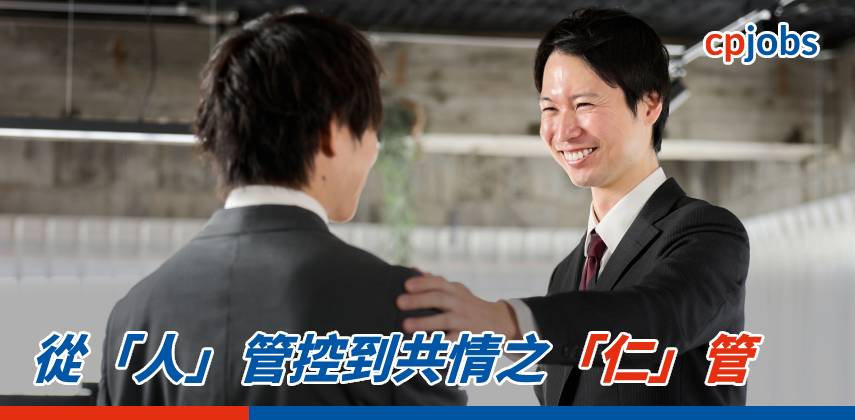In part 1 last week, we explored effective ways of beginning a conversation, some examples of questions to control and guide conversations, and how to comment and expand on what your conversation partner is saying. In this part, we continue with further tips on how to keep a conversation going successfully.
Though the focus should be on the content of what your client is saying, there may also be opportunities for you to begin to establish a bond by relating your own experience to what your conversation partner has said. Just be careful not to hijack the conversation and make it about yourself. Try the below:
• What a coincidence, I also…
• That’s strange, I also recently went to…
• Yes, I can imagine how you feel.
In following these initial steps, you are making use of a common conversational formula:
1. Initiate (Open stance, smile, eye contact, hand shake)
2. Greet (‘Allow me to introduce myself, I’m…’)
3. Ask (‘How was your flight?’)
4. Listen (Maintain eye contact, smile)
5. Comment (‘Oh that’s interesting. Have you flown with this airline before?’)
6. Relate (‘Yes, I had a similar experience recently.’)
Now that you’re on your way with your conversation, it’s time to explore some further topics of interest to solidify the bond. Topics such as food, sport, travel/holidays and the upcoming conference may all be good choices to deepen the conversation. Ensure that you’ve done a little bit of research beforehand and are
aware of what is going on in the city around you – not only will you have more content to discuss, but you will also know which sensitive topics to avoid.
Other than potentially controversial news topics, you will probably want to avoid discussing your client’s family, religion, political beliefs, finances and so on. This could be disastrous.
At this point you will probably be feeling more comfortable and will be able to start exchanging some personal anecdotes – remember, however, do not make these too personal and always let your visitor do most of the talking.
OK. You’ve made it through the conversation this far – you are doing very well. It’s now time to wrap it up and close. Some people also feel awkward ending a conversation as they may feel it is rude to do so – however, it is likely your client is also thinking about moving on.
Listen attentively and wait for your client to finish what they’re saying – try not to interrupt. Comment on how wonderful it was to meet them, and then give a reason as to why the conversation is ending. For example:
• Well, it’s been wonderful to meet you. I must let you get to your next appointment.
• It was lovely to meet you – we must catch up again later.
• It was fantastic meeting you today. I’m afraid I have to rush off for a meeting now.
So, good luck on your next encounter with an overseas colleague – have the courage to initiate the conversation, and be confident to drive it forward and create that professional bond.





